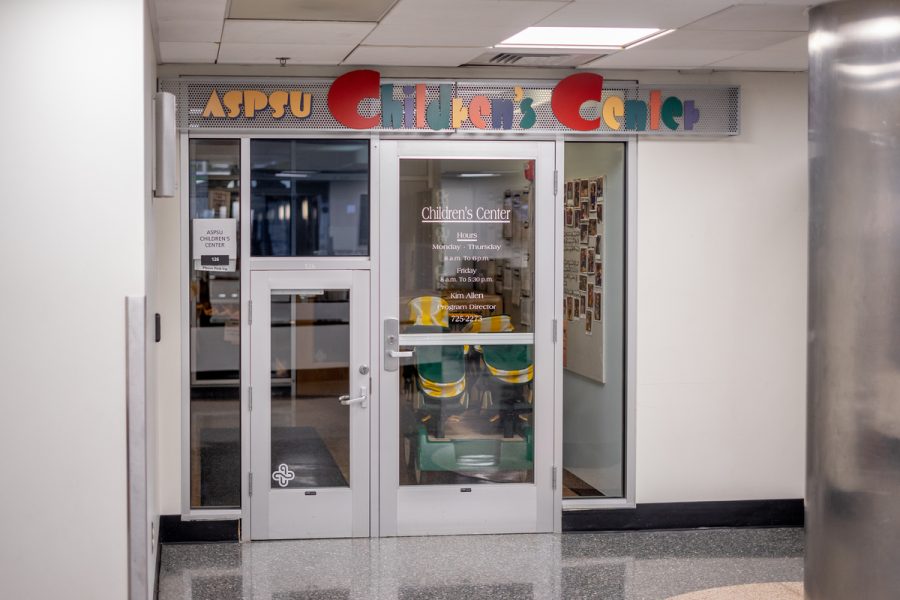Changes are happening inside Portland State’s student body government, with the proposal of a new governmental system intended to promote growth within the organization. New positions, including new titles, duties and a rewritten system for ASPSU’s current operations are proposed for fall of 2024.
In the new system, the most notable difference is that the current eight generalized committees that make up the majority of ASPSU roles will be narrowed down to just two: a Student Life Committee and a Student Advocacy Committee. Instead of eight directors each overseeing four senators, there will be one chair for both committees, five ASPSU coordinators and one senate speaker for each committee.
“Aside from just being coordinators of these different areas, having more people on the committee and having a more solidified function of their committee, we also want these roles to act as advisory boards for fee-funded areas,” ASPSU President Kierra Wing said. “This is a really exciting part that allows for more student representation and more input of the student voice.”
Currently, ASPSU oversees 31 areas across campus which are funded by the Student Incidental Fee. Under the new system, programs in these areas which do not currently have an advisory board with a student representative would be able to present budget adjustments, such as change in salary pay or allocation of funds, to one of the two ASPSU student committees. Organizations such as the Helen Gordon Child Development Center and resource centers like the Women’s and Queer Centers are required to have separate advisory boards, as they are led by professionals.
Wing said that the conversation to reimagine a better structure for student government began in fall when they chose to cut board member positions to cope with budget cuts. Due to lower student enrollment numbers, there isn’t a need for a student body cabinet of 41 members, Wing explained. Thus, senator positions went down from 16 to 10, and directors were reduced from eight to five.
“Because of the cuts we had to rewrite the way the [jobs] were going to be written,” Wing said. “So we thought now would be a good time to do an organizational restructure.”
Under ASPSU’s current structure, there are eight different committees, each made up of one director and four senators. There is also a judicial review board made up of five members, a student fee committee with seven and an executive council. The executive council includes all eight directors, the chair of both the judicial review board and student fee committee and the leadership core team.
Wing and Vice President Dominique Chen met one-on-one with every member of ASPSU, along with posting two feedback forms where members could submit their thoughts. What they found was a sense of confusion on what exactly their job entailed—broad, unclear positions along with a general lack of connection to campus.
“We’re constantly seeing sort of the same issues,” Chen said. “The senators at the end of it are the ones who are paid less, who have the most ambiguity when it comes to their job, and that happens literally every year.”
The new structure will also change the titles of positions. What is currently called the Executive Cabinet will be renamed the Operations Board, and those titles previously featuring the “Director” label will be retitled “Coordinator.”
“Our overall goal is to lower power dynamics between all positions,” Wing said. “Our goal is to take like, the role I have or the VP has, and share that with the different areas of ASPSU so that it’s not just all on the ‘Executive Cabinet’s’ decision.”
The new governmental structure will be put to the vote during campus elections come spring term. In order to pass, it must be voted on and approved by the student body.
“This is something that’s never been done before,” Chen said. “Truly, this was a structure that was completely made up by the current leadership core team just based off feedback and what we think would be actually best for the people in these positions.”






